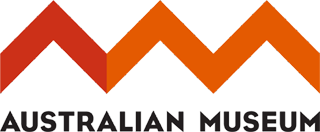Australia over time
Learn about our evolving landscape, Australian megafauna and other extinct animals, and how we use fossils to relate the animals of the past with those of today.


 Welcome to the Australian Museum website
Welcome to the Australian Museum website
